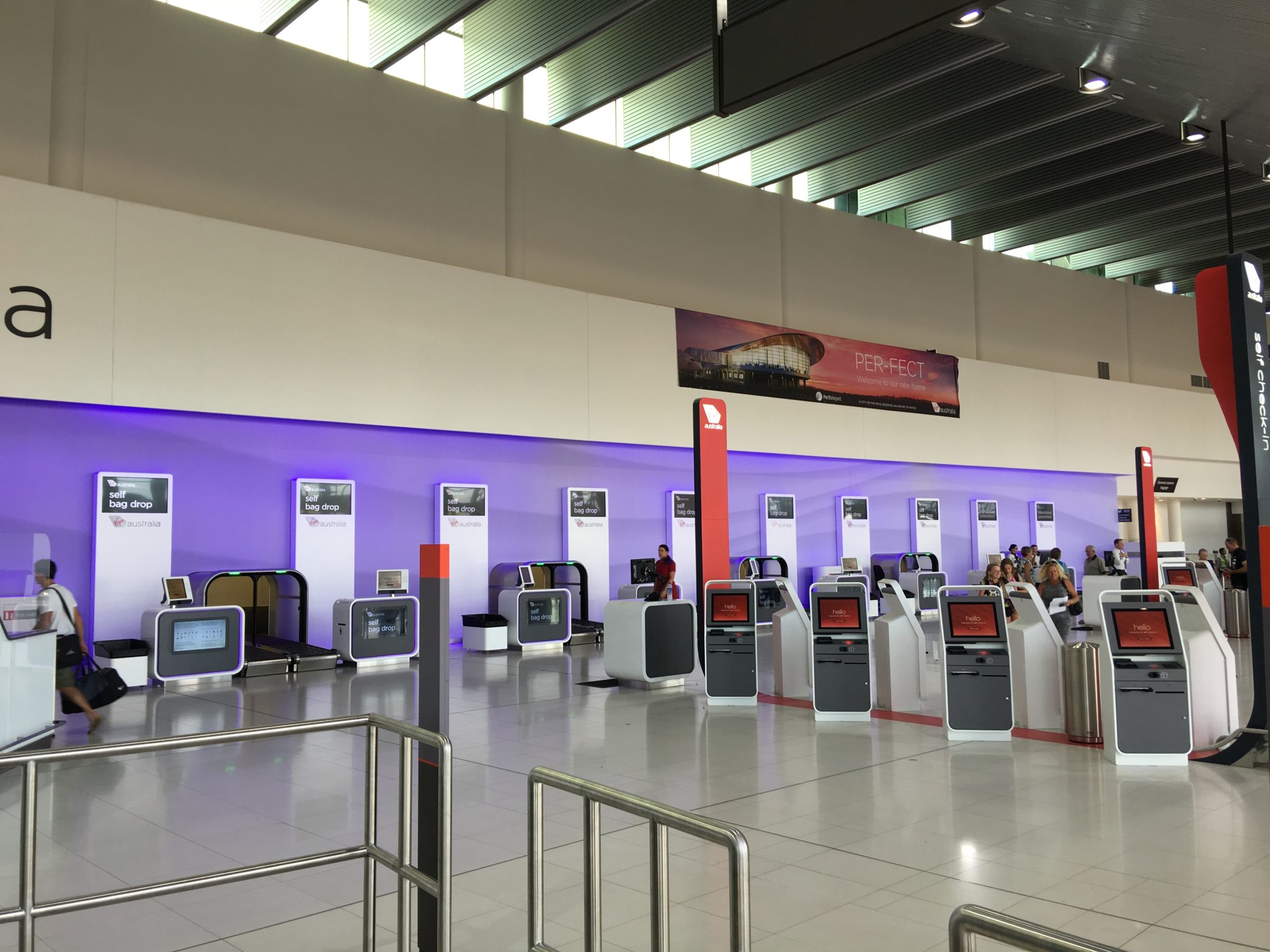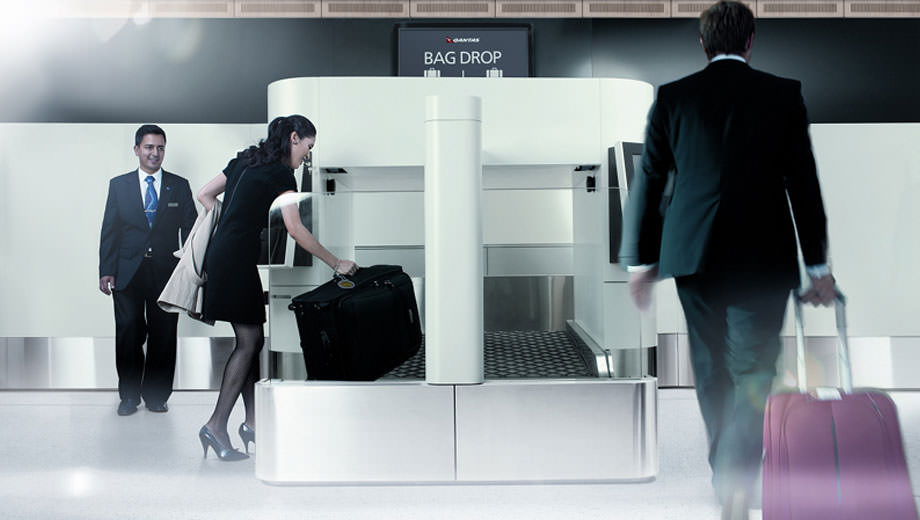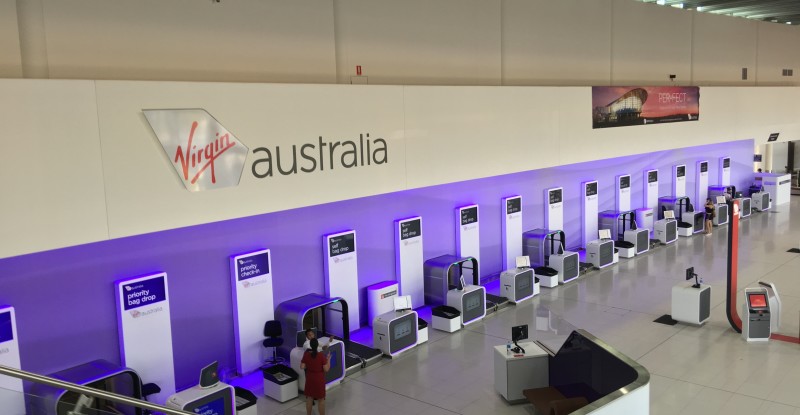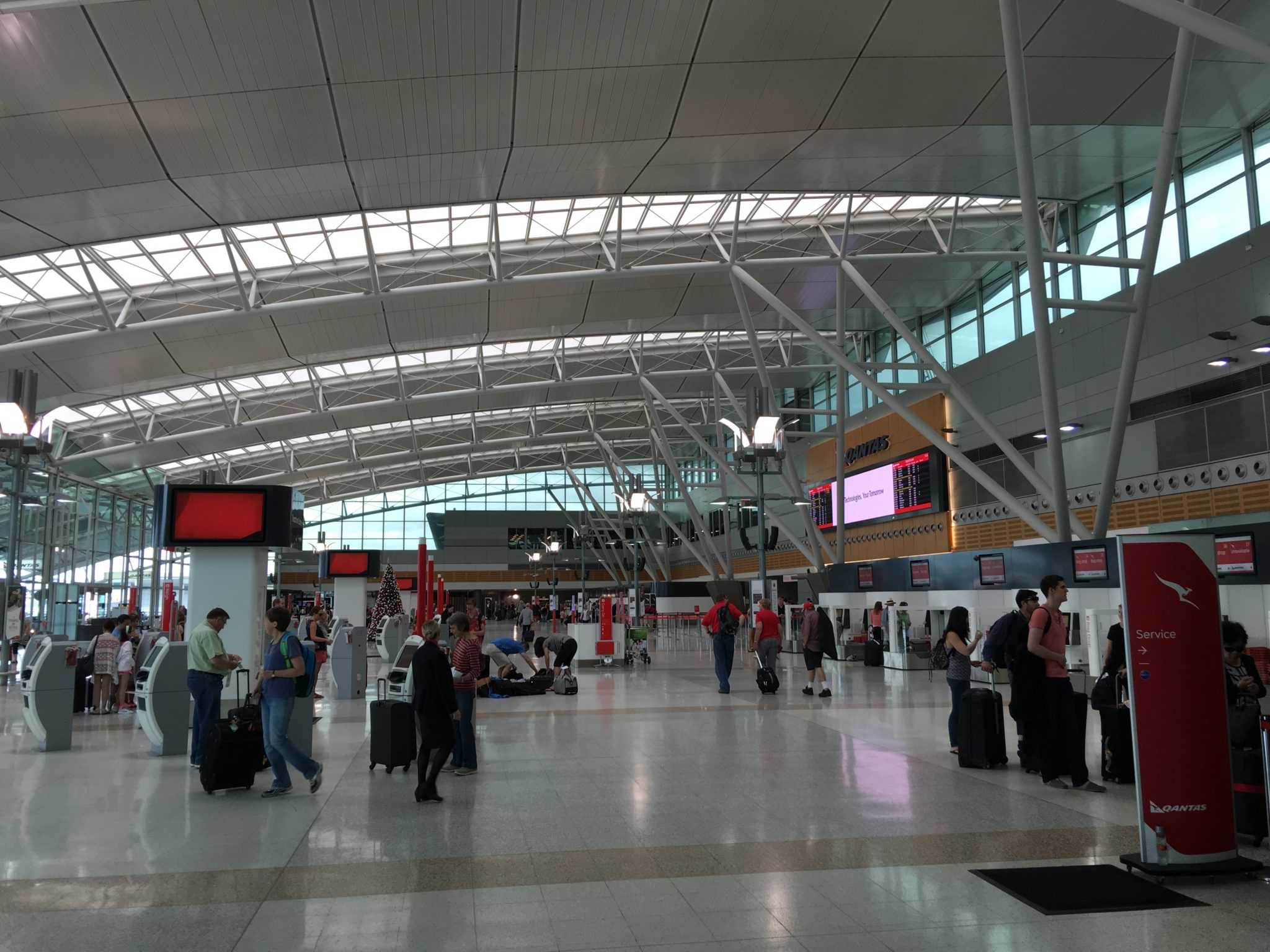 Automated bag drop is the latest trend to cut costs at the airport. After checking in using a kiosk, phone or home-printed boarding pass, passengers print out and affix their own barcoded luggage tag before sending their bag into the system.
Automated bag drop is the latest trend to cut costs at the airport. After checking in using a kiosk, phone or home-printed boarding pass, passengers print out and affix their own barcoded luggage tag before sending their bag into the system.
It sounds like a great idea from an efficiency point of view — fewer staff members are needed, to help some passengers use the machines or where there are errors — but there are a number of issues that airlines need to address before this technology can go mainstream.
I’ve tried to use these automated machines in several Australian airports in the last month, and each time I’ve given up and headed over to the queues for a staffer. At a terminal that will remain unnamed, I spent a good stretch of time observing passengers using the machines too. (It was in Australia, and I know Aussies swear pretty freely, but the air was turning blue as people tried to use them.)
These machines are not new to Australians — Qantas’ Faster Smarter Checkin has been going since 2011 under various names and trials. But they still don’t work well enough, enough of the time.
I watched a middle-aged man trying to figure out how to use the automated bag drop with his printout from home. It seems reasonable that your bag tag would print out at the automated bag drop machine, but no, it prints from the kiosk that passengers are used to skipping if they’ve already checked in and have their boarding pass. A staffer had to get the man to pull his luggage off the belt and go back to queue for a kiosk, where he had to navigate through the kiosk process for a bag tag, then return to queue for and then navigate through the entirely separate automated bag drop process having affixed the tag.

In Perth, Virgin Australia had just one visible staff member to help with any issues. Image – John Walton
This is terrible #PaxEx. And it’s not just terrible for people unfamiliar with the system. I am about as much of a power user as you get for this kind of thing, and it works efficiently about one time in four.
The problem for frequent travellers like me is the small peel-off secondary stickers that appear as if by magic on our bags as a backup way of getting them where they need to go if the main tag is torn off.
While I’ve never had an issue with a misdirected bag despite never having developed the habit of removing them after each flight (and never before needing to), the automated systems appear to be far too sensitive and reject any bag with just one secondary sticker left. Or, at least, that’s what I experienced and what the staffer who took pity on me and walked me to the manual kiosk for old-school check-in the last time I tried the automated version said.
The thing is, and I don’t like to be a cynic, but it does rather seem that the queues for staffer help have been growing in length as the number of staffers are being reduced so as to encourage passengers to struggle through the self-tagging process even if there is a problem.
The business class queue was ten people deep with only one staffer handling business class passengers at one airport I flew through recently, and it wasn’t even a busy period. Automation should be about improving the passenger experience, not making the only other option worse for passengers who find it difficult to haul their luggage around, aren’t comfortable using (or able to use) touchscreens, or who have questions about the process.
There are also safety concerns — not with what the machines themselves are doing, but with what they are not doing. In the era where passengers are travelling with more and more personal electronic devices, checkin staff and people working the bag drop play an important part in reminding passengers not to check in batteries or other hazardous items. I did not, for example, passing through Perth Airport with my family and four pieces of checked luggage this week (and you’d better believe we went to the staffed bag drop area), see a sign like this anywhere near the automated system.
Notice at Qantas domestic checkin at Perth. #paxex #howmanyPEDs pic.twitter.com/Pyzt4Wrues
— John Walton • @thatjohn.bsky.social (@thatjohn) January 12, 2016
It’s fairly clear that we can’t — and shouldn’t — stop the rollout of automated bag drop. But in my experience with them, it seems that their first implementations have not thought through the way that passengers will be using them. Printing bag tags at one machine and then sending the bag through another is just terrible user experience. If this technology is going to go global, airlines need to do a lot more to educate, inform and guide passengers through a streamlined process.

Qantas has been automating luggage drop for some time, but the system doesn’t seem to have sunk in.











